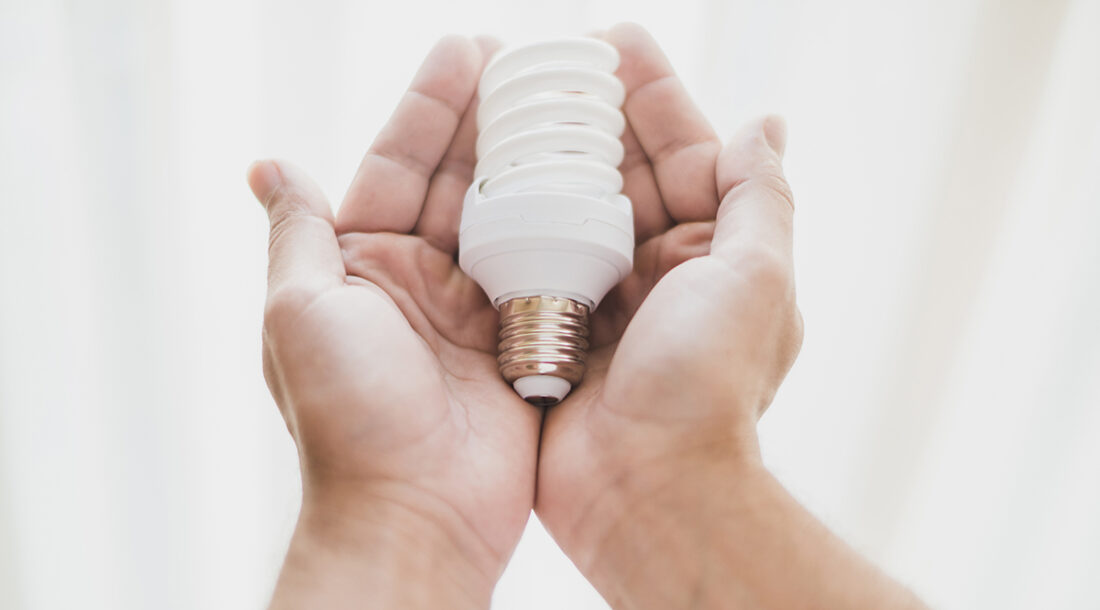
How LED Lighting Helps the UK Save Energy
All over the UK, people are switching from old bulbs to LED lighting at home, at work, and in public places. This change means using less electricity, paying lower bills, and helping the environment simultaneously.
LED lighting works very differently from the old-style bulbs. Traditional bulbs use a heated wire to make light, but most energy turns into heat. LED lights use a special part called a semiconductor that turns electricity directly into light. This makes them much more efficient because they waste very little energy as heat. Whether you’re a homeowner looking to cut costs, a business aiming for sustainability, or simply curious about the future of lighting, the answer is clear—LED lighting is lighting the way forward.
Why LED Lights Are So Great
- Long Lasting: Regular bulbs usually last about 1,000 hours; even energy-saving bulbs called CFLs only last around 10,000 hours. However, LED lights can work up to 50,000 hours or more! This means you won’t have to replace them as often.
- Saves Money: Because LED lights use up to 80% less energy, your electricity bill can be much lower.
- Better for the Environment: Using less energy reduces pollution, which helps protect our planet.
In short, LED lights are a smart way to brighten our lives, save money, and help keep our world cleaner. Whether you’re a homeowner trying to lower your bills, a business owner wanting to be more eco-friendly, or just curious about new technology, LED lighting shows us the way to a brighter and greener future.
How LED Lighting is Useful
LED lights aren’t just energy savers—they can do much more than older bulbs. Here’s why they’re cool:
- Different Colors: LEDs can glow with warm, cosy light or shine with a bright, daylight feel, so you can choose what best suits your room or mood.
- Focused Light: Unlike regular bulbs, which shine everywhere, LEDs shine light exactly where you need them. This makes them great for desk lamps or streetlights.
- Smart Features: Modern LED lights can work with smart home systems. This means you can control them from your phone, dim them, or even set them to turn on and off.
- Fits Every Space: Whether for a comfy living room or a busy factory, LED lights work well everywhere. They help save energy without giving up style or quality.
How LED Lighting Saves Money for Homes and Businesses
LED lighting can lower your energy bill a lot. Here’s how it helps both homes and businesses:
- For Homes, Switching to LED lights uses less energy, reducing your monthly electricity bill.
- For Businesses: Businesses need many lights, and LED lights use less energy. This leads to big savings on their electricity bills. Although LED lights can cost a bit more initially, they save money over time.
Big Money Benefits:
- Lower Bills: The electricity bill is smaller since LED lights use less power.
- Fewer Replacements: LEDs last much longer than regular bulbs, so you don’t have to buy new ones as often.
- Smart Investment: Many businesses see that the money they save pays back the cost of LED lights quickly.
In the UK, government programs even help pay for LED lighting, making it a win-win for saving money and helping the environment. The money saved can be used to grow the business or improve other areas while caring for our planet.
Innovative Uses of LED Lighting in the UK
LED lighting is changing more than just our homes and offices—it’s evolving entire cities in the UK. For example, Manchester is switching from old, wasteful streetlights to modern LED lights. This change means lower energy bills for the town and safer, brighter streets for everyone.
Stores are also using LED lighting. Walking into a modern shop, you might notice that the products look more colourful and attractive under LED lights. This special lighting makes stores look better and can even help sell more products. In simple words, good lighting helps make a great first impression.
LED lights also make a big difference in schools, hospitals, and other public buildings. In classrooms, they help reduce eye strain and make concentrating easier for students. In hospitals, they improve how doctors see everything, all while saving money on energy costs. Imagine many schools and hospitals saving money together while creating better places to learn and heal.
Public areas like libraries, parks, and transport stations are also being upgraded. Bus stops, and train stations with LED lights look nicer and help keep people safe by making it easier to see at night. Many of these lights can adjust their brightness automatically, saving energy while keeping everyone secure.
Looking ahead, LED lights are becoming even smarter. New systems can change brightness colour and even be controlled with a mobile phone. This means that one could change the lighting of an entire area with just a touch or adjust office lights to feel more like natural daylight to help people work better. The future of lighting isn’t just bright—it’s brilliantly efficient.
Conclusion
LED lighting is more than just a new way to illuminate spaces—it is a key part of the UK’s effort to be more sustainable. With longer lifespans, lower energy use, and great versatility, LED technology is changing how we light our homes, workspaces, and public areas. The benefits of LED lighting are clear: They reduce energy bills and carbon footprints.
Switching to LED lighting is a step toward a smarter and greener future. The UK is already showing how innovative lighting can lead to big changes. As technology grows and more people adopt LED lights, the benefits will spread even further. The time to switch is now; this change can make a difference for many years. Make the change. The future is LED.




